PHOTO NOTES
Place: Kalemie, Katanga province, DR Congo
Vestiges of a cannon dating from the First World War, located in the hills above the town. This artillery piece was used by Belgian troops against German forces.
(Photo MONUSCO/Abel Kavanagh)
Place: Volubilis, Morocco
Archaeological Site of Volubilis capital of the kingdom of Mauritania, founded in the 3rd century B.C., became an important outpost of the Roman Empire and was graced with many fine buildings. Extensive remains of these survive in the archaeological site, located in a fertile agricultural area. Volubilis was later briefly to become the capital of Idris I, founder of the Idrisid dynasty, who is buried at nearby Moulay Idris.
Info source: UNESCO
Date: August 19, 2007
Place: Camp Lemonier, Djibouti
A Girl from the Arhiva village washes clothes in front of her house while Soldiers of the 1/65th Infantry Battalion “Borinqueneers” walks through the village to assess their needs Aug. 12, 2009. The 1/65th IN BN from Puerto Rico deployed here to support the Combined Joint Task Force Horn of Africa and is working to assist villagers in building support capabilities for their community during their yearlong deployment.
(Photo Specialist Yolanda Moreno Leon)
Date: February 09, 2009
Place: Zomba, Southern Malawi

Santigron’s most prominent residents keen on maintaining standing traditions, pour out rum to the protective spirits of the village.
Date: 27 September 2006
Place: Santigron pleng, Suriname
The village of Santigron in Suriname (along the Saramacca river not far from Paramaribo) is one of Surinames Maroon villages, i.e. villages of descendants of 18th Century run-away slaves. Some 20,000 Maroons are still living in Suriname’s rain-forest; they have retained their most original and traditional Afro-American culture.
Author: Ahron de Leeuw
Date: Unknown (sometime during presidency of Roosevelt, Franklin D. (Franklin Delano), 1882-1945)
Guarding against possible enemy air attacks, British troops training African natives in anti-aircraft units. The instructors, veterans of the Battle of Britain, have found the natives apt students and cool under fire. An African unit is shown loading one of the 3.7mm. ack-ack guns under the supervision of British N.C.O.s and commissioned officers.
Source: Franklin D. Roosevelt Library (NLFDR), 4079 Albany Post Road, Hyde Park, NY, 12538-1999
Date: April 1, 2008
Place: Paoua, Central African Republic
Peul women belong to Fula, Fulani, Fulbe, Peul, or Fulaw ethnic group, depending on the language.
Photo Brice Blondel
Peul/Fulani calabashes used for cheese production.
Photo Brice Blondel

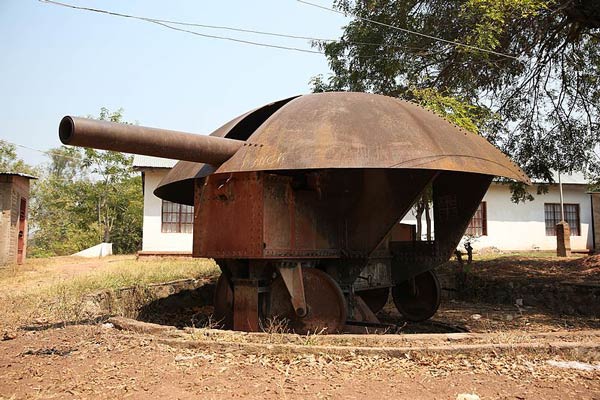
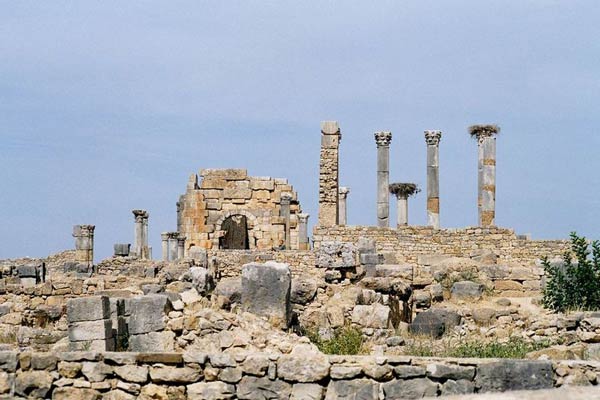
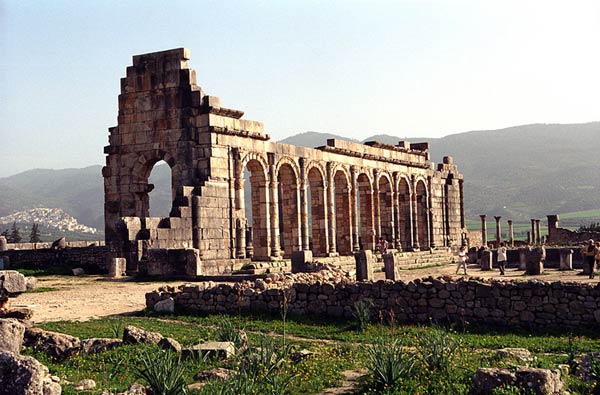


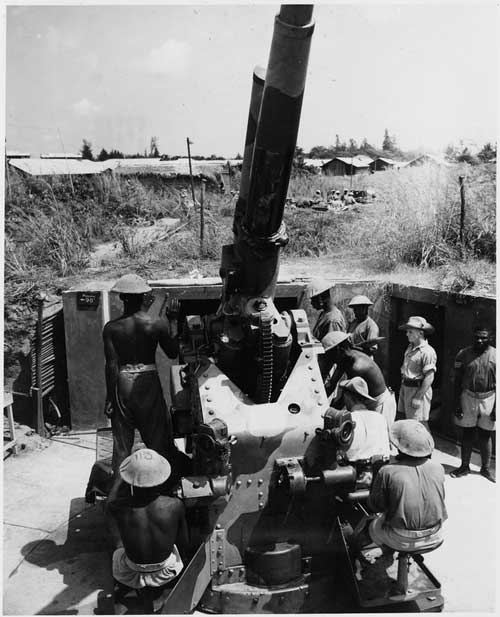
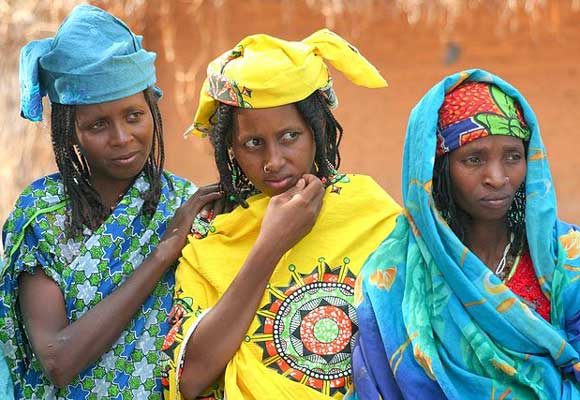

Really great collection of photography.South Africa has been known as the rainbow nation in light of the fact that it is made up of such a variety of different cultures.Social practices are the way they talk and act,the courses in which they pray,the unique things they do when we have festivals,births and deaths.They have groups with diverse dialects,religions,race,traditions and conventions e.g.Zulu,Ndebele,Khoisan,Hindu,Muslim and Afrikaner people.These people are united by being South African and the majority of their lifestyles structure a piece of our nation's identity and culture.This helps South Africans to comprehend and admiration one another and to gain from one another's social practices.This is a piece of the mending that majority rules system has brought after culture was utilized to separation South Africans previously.Consequently the government has a project called "Gladly South African" that sways South Africans to esteem one another and the nation.Thank you.
~Stacie Hudson.